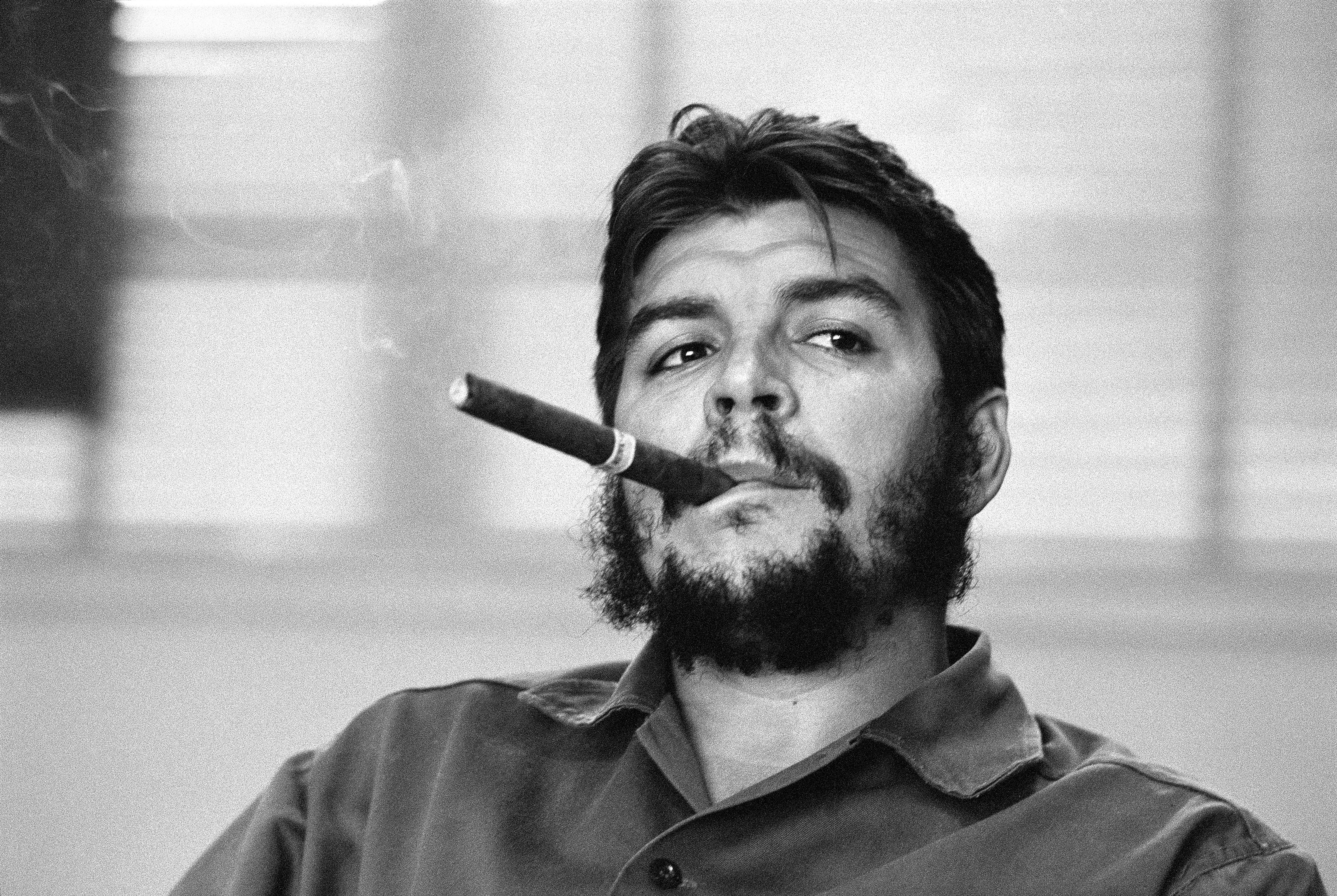 (excerpt from) Newsday
(excerpt from) Newsday
Fast Chat: Benicio Del Toro in ‘Che’
Joseph V. Amodio
January 11, 2009
You’ve seen the T-shirts. Everywhere. With that face – the beard, beret, eyes burning with revolution. Yet, few people know much about the man behind the tee.
Benicio Del Toro hopes to change that, as co-producer and star of “Che,” a four-plus hours tale directed by Steven Soderbergh that opened last month in Manhattan (just in time for Oscar consideration). For those with short attention spans (or small bladders), fear not – the epic, which opens Friday on Long Island, is now screened as two films.
Background on Che Guevara from Wikipedia:
Place of birth: Rosario, Argentina
Date of death: October 9, 1967 (aged 39)
Place of death: La Higuera, Bolivia
Major organizations: 26th of July Movement, United Party of the Cuban Socialist Revolution, National Liberation Army (Bolivia)
Religion: AtheistErnesto “Che” Guevara (June 14, 1928 – October 9, 1967), commonly known as Che Guevara, El Che, or simply Che, was an Argentine Marxist revolutionary, politician, author, physician, military theorist, and guerrilla leader. After death, his stylized image became a ubiquitous countercultural symbol worldwide.
As a young medical student, Guevara traveled throughout Latin America and was transformed by the endemic poverty he witnessed. His experiences and observations during these trips led him to conclude that the region’s ingrained economic inequalities were an intrinsic result of monopoly capitalism, neocolonialism, and imperialism, with the only remedy being world revolution. This belief prompted his involvement in Guatemala’s social reforms under President Jacobo Arbenz Guzmán, whose eventual CIA-assisted overthrow solidified Guevara’s radical ideology.
Later, in Mexico, he met Fidel Castro and joined his 26th of July Movement…
More from Wikipedia, about Che Guevara’s legacy:
Over forty years after his execution, Che’s life and legacy still remain a contentious and polarizing issue.
Some view Che Guevara as a hero; for example, Nelson Mandela referred to him as “an inspiration for every human being who loves freedom” while Jean-Paul Sartre described him as “not only an intellectual but also the most complete human being of our age.” Guevara remains a beloved national hero to many in Cuba, where his image adorns the $3 Cuban Peso and school children begin each morning by pledging “We will be like Che.” In his native homeland of Argentina, where high schools bear his name, numerous Che museums dot the country, which in 2008 unveiled a 12 foot bronze statue of him in his birth city of Rosario. Additionally, Guevara has been sanctified by some Bolivian campesinos as “Saint Ernesto”, to whom they pray for assistance.
Conversely, others view him as a spokesman for a failed ideology and as a ruthless executioner. Johann Hari, for example, writes that “Che Guevara is not a free-floating icon of rebellion. He was an actual person who supported an actual system of tyranny.” Detractors have also theorized that in much of Latin America, Che-inspired revolutions had the practical result of reinforcing brutal militarism for many years. He also remains a hated figure amongst many in the Cuban exile community, who view him with animosity as “the butcher of La Cabaña.”
Moreover, Guevara has ironically been subsumed by the capitalist consumer culture he despised. The primary variable of this phenomenon has been a high-contrast monochrome graphic of his face, which has become one of the world’s most universally merchandized images, found on an endless array of items including: t-shirts, hats, posters, tattoos, and even bikinis. Yet, Guevara also remains an iconic figure both in specifically political contexts and as a wide-ranging popular icon of youthful rebellion.
Filed under: News


 .
.




I am unable to understand this post. But well some points are useful for me.